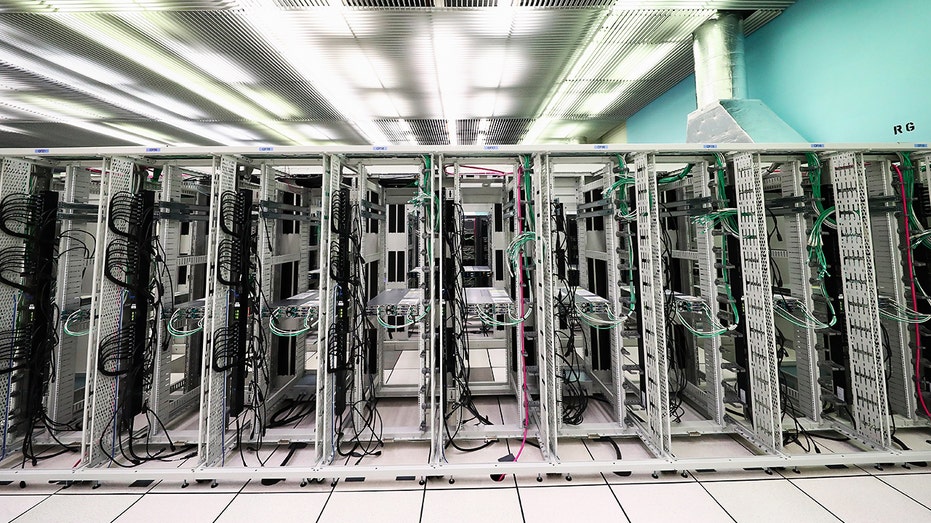Space-Driven Supercomputers Could Revolutionize Data Processing and Sustainability on Earth

In a groundbreaking development, a state-of-the-art NVIDIA H100 GPU—a powerhouse behind today’s most advanced artificial intelligence applications—is preparing for its inaugural journey into space. This cutting-edge chip will be launched aboard the Starcloud satellite, marking a significant step toward deploying orbital data centers.
Reimagining Data Centers Beyond Earth
Starcloud, a forward-thinking startup based in Redmond, Washington, aims to explore the possibility of relocating data centers into orbit. These centers are essential for powering global internet services, AI computations, and cloud storage. Moving them into space could dramatically reduce their environmental footprint, conserve terrestrial resources, and accelerate data processing speeds worldwide.
According to Starcloud CEO Philip Johnston, “The only environmental cost is the initial launch; afterward, we could cut carbon emissions by ten times compared to traditional ground-based data centers.” The space environment naturally offers abundant solar energy and cooling conditions in the vacuum of space, making it an ideal setting for sustainable computing.
Powerful Hardware in Orbit
The upcoming Starcloud-1 satellite, roughly the size of a small refrigerator, will carry the nearly hundredfold more powerful NVIDIA H100 GPU, which surpasses previous orbital chips in performance. Once deployed, this GPU will process vast amounts of satellite data directly in orbit, allowing real-time analysis of environmental changes, wildfire detection, crop monitoring, and weather forecasting—tasks traditionally requiring data transmission back to Earth for processing.
Additionally, the mission will feature Google’s Gemma language model, marking the first instance of a large AI model operating in space, demonstrating new possibilities for AI applications beyond our planet.
Future Visions: Larger, Smarter Space Data Centers
Starcloud envisions expanding these efforts with larger, solar-powered orbital data centers cooled naturally by the cold vacuum of space. Future systems will incorporate next-generation NVIDIA GPUs, such as the Blackwell series, promising even greater performance. The long-term goal is to build an orbital data hub approximately 13,000 feet across, capable of handling massive AI workloads while significantly reducing operational costs and environmental impact.
As launch costs continue to fall, experts predict that by the 2030s, many data centers may operate in space, transforming how digital services are delivered. This shift could enhance speed and efficiency for cloud computing, improve disaster response, advance weather forecasting, and conserve billions of gallons of water annually.
By pioneering space-based data infrastructure, the industry moves closer to a sustainable and resilient digital future, where innovation and environmental responsibility go hand in hand.
For more insights on space technology and AI, visit reputable sources like the official NVIDIA site and the Space.com space news portal.




